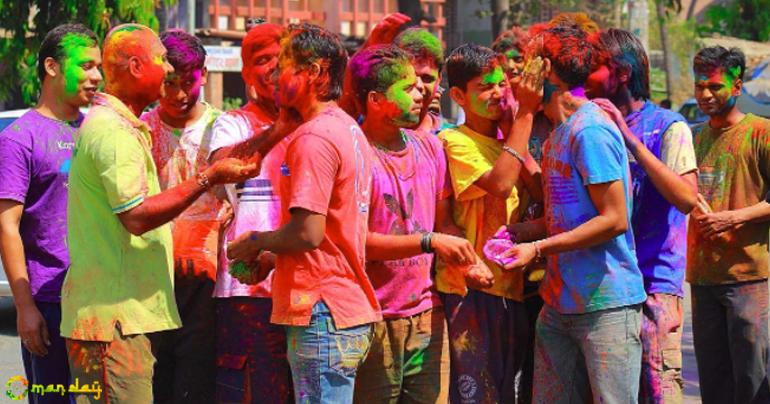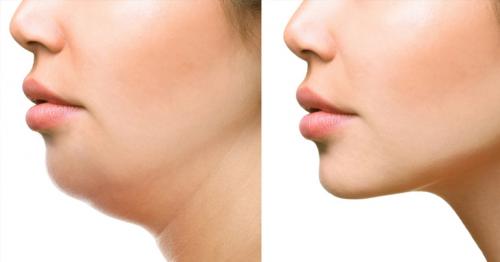What are the dangerous side effects of Holi colours? Let Shahnaz Husain tell you
The annual holiday-festival of colours, Holi, is less than a week away, and as usual, we can expect the traditional promises to be made of renewed friendship, forgiveness for sins committed in the recent past, and a fun-filled day of frolic marked by a splashing of coloured powder, water and balloons, and a chanting "Holi Hai".
Traditionally, spring flowers, berries, spices and other plants were used for making coloured gulal and wet colours from flowers like hibiscus etc.
There is no doubt that Holi is one of the most popular festivals of India, but there are dangers associated with the event too, such as the blatant use of inexpensive, artificial and bright colours made with the help of chemical solvents and toxic agents like lead oxide, mercury sulphite and copper sulphate etc.
These can damage eyes, skin and lungs, says beauty expert Shahnaz Husain.
But again, all of us love this carnival of colours, and according to Husain, can enjoy the festival with the use of organic and home-made colours. These are available in markets, but cost more.
It is essential to take appropriate safety steps to prevent your skin or hair from getting damaged.
The dry "gulal" and the wet colours of today are not derived from natural sources. They contain chemicals, shiny particles of mica and even lead, which not only irritates the skin, but collects on the scalp too.
Since Holi is played outdoors, exposure to the sun can have a detrimental effect on the skin. Apart from harmful UV radiation, sun-exposure makes the skin dry by causing depletion of moisture and also tans the skin. The skin can become dry and dull after playing Holi.
What, therefore, are the preventives?
Husain advises one and all to apply sunscreen 20 minutes before going out in the sun.
"Use a sunscreen of SPF 20 and above. If your skin is prone to pigmented patches, select a higher SPF. Most sunscreens have built-in moisturisers. If your skin is very dry, first apply the sunscreen, wait for a few minutes and then apply a moisturiser. Apply moisturising lotion or cream on the arms and exposed areas," she says.
For the hair, apply leave-on conditioner or hair serum.
"This protects the hair from the effects of sun exposure and dryness caused by colours. Hair cream containing sunscreen is also available. Take very little, spread on both palms and massage light into the hair, or smooth palms over the hair. Or, apply pure coconut oil and massage it lightly into the hair. This also provides protection against colours," Husain said.
Apply transparent nail varnish on the nails.
...[ Continue to next page ]
Share This Post






